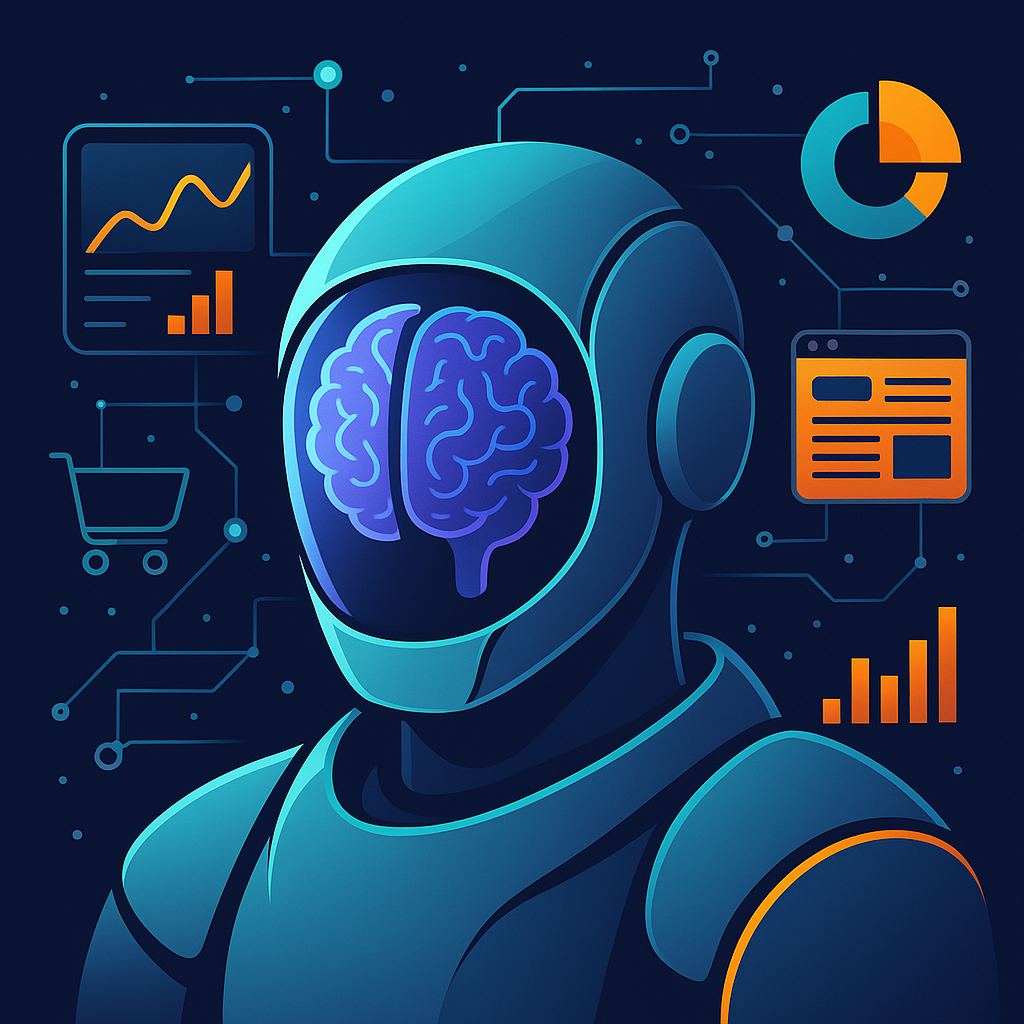Freelancing brings freedom, flexibility, and the chance to build a lifestyle on your own terms. However, it also comes with a common challenge: income unpredictability. One month your inbox is full, and the next, silence. These fluctuations in work and income can make financial planning stressful and inconsistent. But there’s a growing solution that many freelancers haven’t tapped into yet — using artificial intelligence to forecast income and predict slow months in advance.
Why Freelance Income Feels Unpredictable
If you’ve freelanced for a while, you’ve likely noticed how irregular your income can be. You may experience a surge in work at the end of a fiscal quarter or a complete dry spell during summer holidays. However, most of these patterns aren’t random. They’re driven by client habits, seasonal demand, and even global events. The issue is, they’re hard to track and predict without the right tools.
Traditionally, freelancers would rely on experience, instinct, or scattered notes from past years. While that can work to some degree, it leaves too much room for error. That’s where AI comes in — not to replace your instincts, but to give them powerful, data-backed support.
The Power of AI Forecasting in Freelance Finance
AI forecasting works by analyzing historical data — your previous earnings, invoice dates, client activity, and even market trends. It uses this data to identify recurring patterns and estimate your future income. Rather than staring at spreadsheets or guessing when your next dry spell might hit, you can have a machine learning model do the math for you.
These tools don’t just look at totals. They consider how often clients pay, what times of year you earn more or less, and how long it typically takes to close a project. They also adapt over time, refining their predictions as more data becomes available. In essence, the longer you use the tools, the smarter they become — and the more accurate your forecasts.
From Guesswork to Strategy: Taking Action with AI Insights
Once you’ve used AI to identify your likely slow months, the benefits go far beyond numbers. You can start making proactive decisions. For example, if March and August tend to be lower-income periods, you can plan to boost marketing in February and July, build a financial cushion, or launch a digital product to smooth your cash flow.
You’ll also feel more confident saying no to burnout-inducing gigs during peak seasons. Instead of panicking during a quiet month, you’ll see it coming weeks or even months ahead — giving you peace of mind and space to create long-term value.
This kind of forecasting also helps with pricing. By identifying your most profitable months, you can evaluate whether your pricing structure aligns with your workload and results. In time, AI doesn’t just forecast your income — it can reshape the entire way you think about your freelance business.
Tools That Are Built for Freelancers
You don’t need a finance degree or enterprise software to start using AI. There are free and affordable tools designed for solopreneurs and creatives. Some sync with your PayPal, Stripe, or bank account and provide visual income predictions. Others allow CSV imports and help you project upcoming income based on past transactions and trends.
For example, you can use platforms like BodesWell, Cashflow Frog, or even Notion templates powered by AI plugins to generate forecasting dashboards. Many of these tools also offer budgeting features, tax estimates, and reminders — so you not only know what’s coming in but can plan for what’s going out.
The best part is that you don’t need to be a tech wizard. Most tools are designed with simple visuals, graphs, and interfaces that make income forecasting as easy as reading a calendar.
Building a Resilient Freelance Business
One of the most powerful outcomes of AI forecasting is the mindset shift it creates. Freelancers often carry stress about “the unknown.” When you remove that element, you can operate from a place of clarity and confidence. You’ll begin to treat your freelance career like a business — not just a hustle.
As AI continues to evolve, forecasting will become more accurate, more accessible, and more intuitive. What once seemed like a corporate finance strategy is now available to solo creatives, consultants, writers, designers, and anyone working independently.
Embracing this technology isn’t about automation for its own sake. It’s about gaining visibility into your financial health, setting smarter goals, and weathering slow months without fear.
The Future Is Predictable — If You Use the Right Tools
Freelancing will always carry some unpredictability, but it no longer needs to be a mystery. With AI income forecasting, you gain the power to see your business with a wide lens — tracking patterns, projecting growth, and planning for lean times before they happen.
By combining your creativity with data-driven forecasting, you can finally move from reactive to proactive. You’ll stop surviving slow months and start preparing for them. And that shift can change everything.
